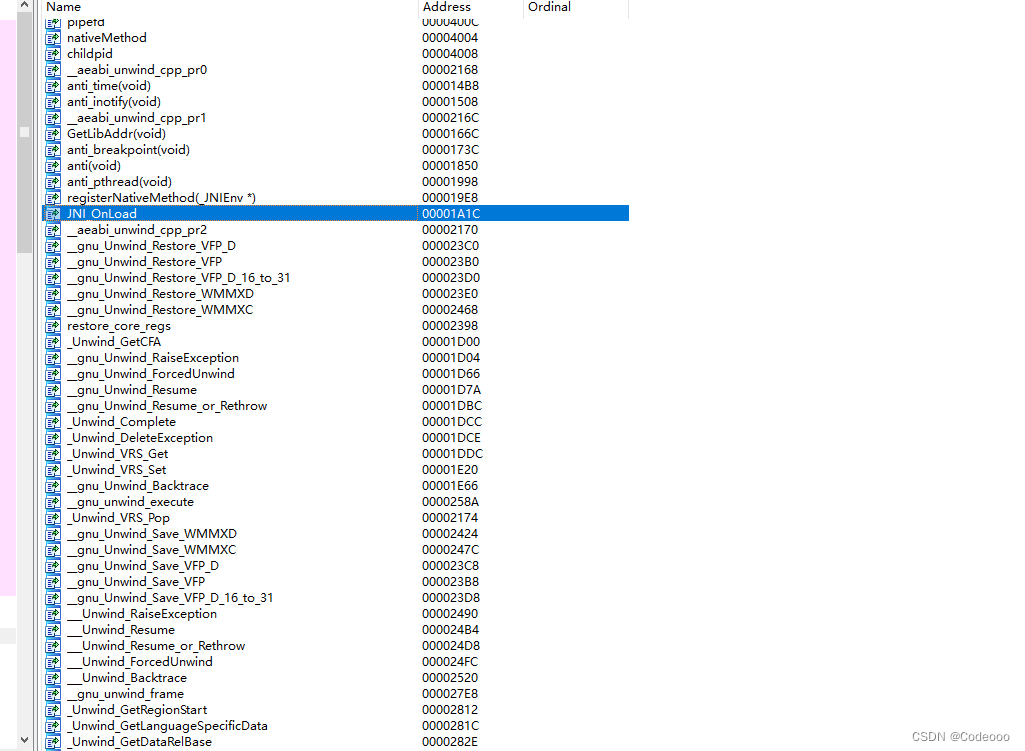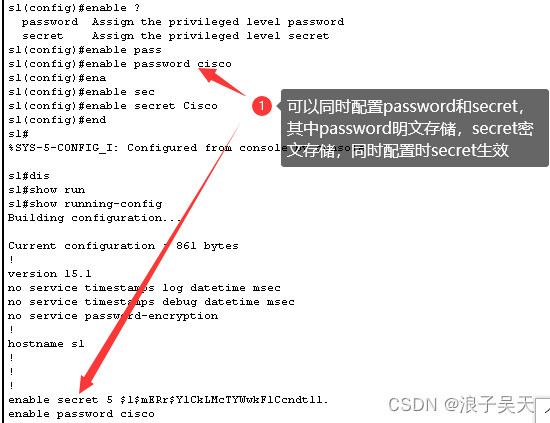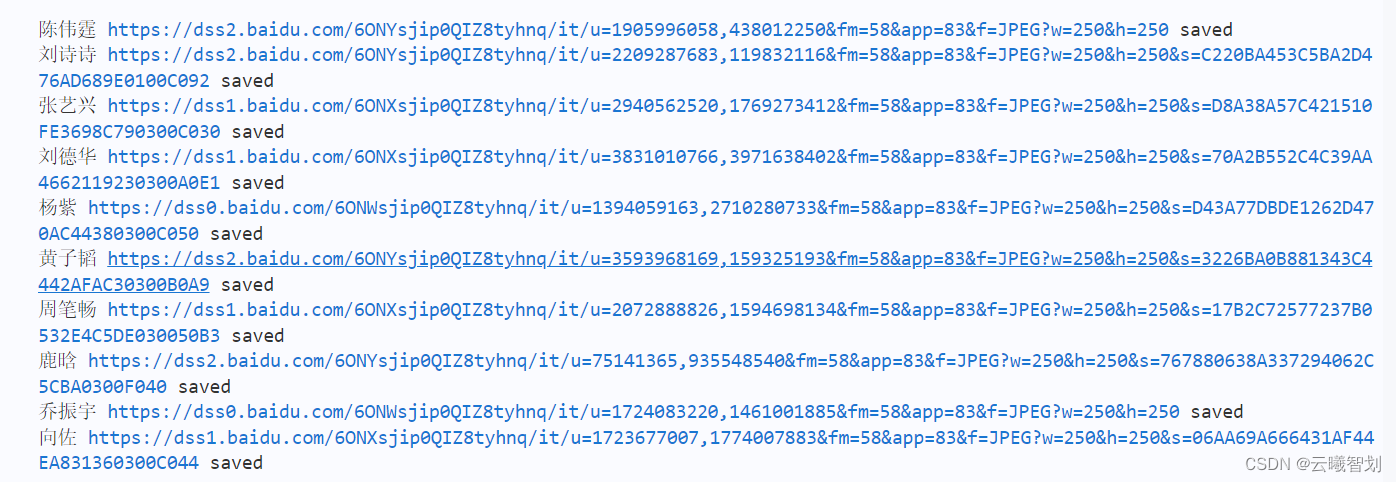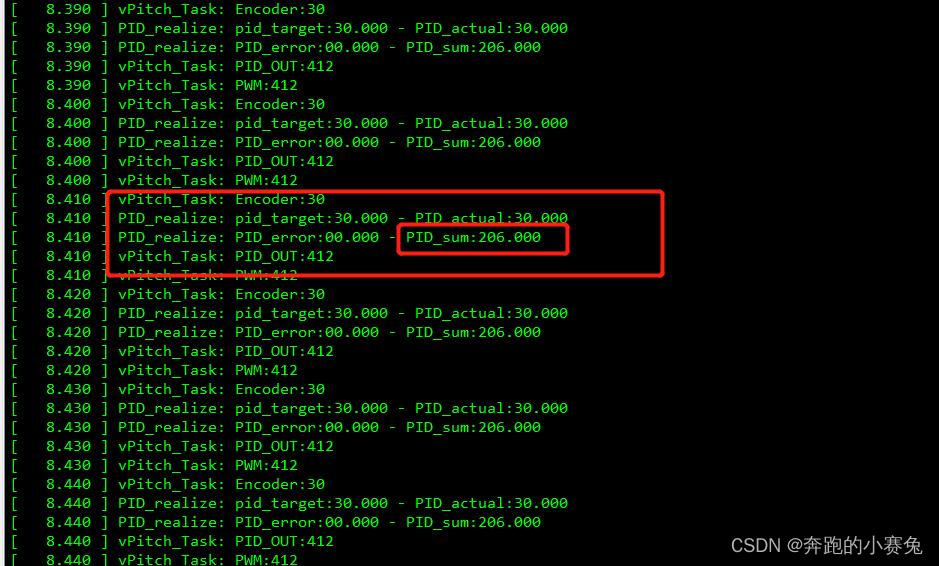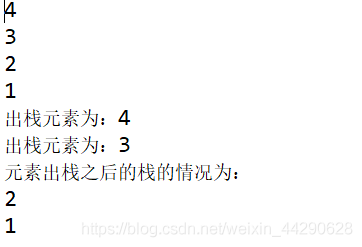当前位置:网站首页>2. Byte stream
2. Byte stream
2022-08-09 09:32:00 【come here my bear】
字节流
- 字节流的父类(抽象类):
- InputStream:字节输入流 (Superclass for all byte input stream classes)
- OutputStream:字节输出流 (Superclass for all byte output stream classes)
- 文件字节流 ( FileInputStream / FileOutputStream ) 不带缓存的 底层流
- 字节缓冲流 ( BufferedInputStream / BufferedOutputStream ) Enhance the efficiency of the underlying stream
- 提高IO效率,减少访问磁盘的次数
- Data is stored in the cache,flush是将缓存区的内容写入文件中,也可以直接close
- 对象流 ( ObjectInputStream(读取重构成对象) / ObjectOutputStream ) 增强缓冲区功能
- 增强缓冲区功能
- 增强了读写8basic types and string functions
- 增强了读写对象的功能:
- readObject() 从流中读取一个对象
- writeObject() 向流中写入一个对象
- 使用流传输对象的过程称为序列化、反序列化
- 注意事项:
- 序列化类必须实现Serializable接口
- 序列化类中对象属性要求实现Serializable接口
- 序列化版本号ID (serialVersionUID),保证序列化的类和反序列化的类是同一个类
- 使用transient(瞬间的) 修饰属性,这个属性不能序列化
- 静态属性不能被序列化
- 序列化多个对象,可以借助集合实现
文件字节流
- FileInputStream:
- int read(byte[] b) 从流中读取多个字节,将读到的内容存入b数组,返回实际读到的字节数;如果达到文件的尾部,则返回-1
- FileOutputStream:
- void write(byte[] b) 一次写多个字节,将b数组中的所有字节,写入输出流
- 如果写入时,There is no current file,Then the current file will be created under the path
- If it is not added, it is in append mode,Then every write is an overwrite
- FileOutputStream(String name, boolean append) 当(append)这个参数为true时,是追加模式,Each write appends to the end of the file
文件字节输入流
package com.io.zijie;
import java.io.FileInputStream;
/**
* FileInputStream 的使用
* 文件字节输入流
*/
public class Demo1 {
public static void main(String[] args) throws Exception{
// 创建FileInputStream 读取E:\\桌面\\aaa.txt文件
FileInputStream fis = new FileInputStream("E:\\桌面\\aaa.txt");
// 读取文件
// 单个字节读取
// System.out.println("------------单个字节读取--------");
// int data=0;
// while ((data=fis.read())!=-1){
// System.out.print((char)data);
// }
// 一次读取多个字节
System.out.println();
System.out.println("---------一次性读取多个字节------");
byte[] buf = new byte[3];
int count = 0; // 返回读取的字节数
while ((count=fis.read(buf))!=-1){
System.out.println(new String(buf,0,count));
}
// 关闭流通道,释放资源
fis.close();
System.out.println("执行完毕");
}
}
文件字节输出流
package com.io.zijie;
import java.io.FileOutputStream;
import java.io.IOException;
/**
* FileOutputStream的使用
* 文件字节输出流
*/
public class Demo2 {
public static void main(String[] args) throws IOException {
// 创建FileOutputStream对象 写入文件
FileOutputStream fos = new FileOutputStream("E:\\桌面\\aaa.txt",true);
// 写入文件
// fos.write(97); // 97在ASCIICorresponding in the table isa
// fos.write('b');
String str = "hello,world";
fos.write(str.getBytes());
// 关闭
fos.close();
System.out.println("执行完毕");
}
}
使用文件字节流实现文件的复制
package com.io.zijie;
import java.io.FileInputStream;
import java.io.FileOutputStream;
import java.io.IOException;
/**
* Use file byte streams to achieve file copying
*/
public class Demo3 {
public static void main(String[] args) throws IOException {
// 创建流
// 创建文件输入流
FileInputStream fis = new FileInputStream("E:\\桌面\\aaa.txt");
// 创建文件输出流
FileOutputStream fos = new FileOutputStream("E:\\桌面\\bbb.txt");
// 一边读取一边写入
byte[] buf = new byte[1024];
int count = 0;
while ((count=fis.read(buf))!=-1){
fos.write(buf,0,count);
}
// 关闭
fis.close();
fos.close();
System.out.println("复制完毕");
}
}
字节缓冲流
- 缓冲流:BufferedInputStream/BufferedOutputStream
- 提高IO效率,减少访问磁盘的次数
- 数据存储在缓冲区中,flush是将缓冲区的内容写入文件中,也可以直接close(也会执行flush)
BufferedInputStream
package com.io.zijie;
import java.io.BufferedInputStream;
import java.io.FileInputStream;
import java.io.IOException;
/**
* 使用字节缓冲流
* BufferedInputStream
*/
public class Demo4 {
public static void main(String[] args) throws IOException {
// 创建BufferedInputStream对象 To enhance the underlying stream
FileInputStream fis = new FileInputStream("E:\\桌面\\aaa.txt");
BufferedInputStream bis = new BufferedInputStream(fis);
// 读取
int data = 0;
while ((data=bis.read())!=-1){
System.out.print((char)data);
}
// 关闭
bis.close();
}
}
BufferedOutputStream
package com.io.zijie;
import java.io.BufferedOutputStream;
import java.io.FileOutputStream;
import java.io.IOException;
/**
* 使用字节缓冲流写入文件
* BufferedOutputStream
*/
public class Demo5 {
public static void main(String[] args) throws IOException {
// 创建BufferedOutputStream对象
FileOutputStream fos = new FileOutputStream("E:\\桌面\\aaa.txt");
BufferedOutputStream bos = new BufferedOutputStream(fos);
// 写入文件
for (int i = 0; i < 10; i++) {
bos.write("加油".getBytes()); // getBytes() 返回字符数组
// bos.flush(); // 刷新到硬盘
}
// 关闭
bos.close();
System.out.println("执行完毕");
}
}
对象流
序列化类 Student类
package com.io.zijie;
import java.io.Serializable;
public class Student implements Serializable {
private static final long serialVersionUID = 100L; // 序列化版本ID
private String name;
private int age;
public Student() {
}
public Student(String name, int age) {
this.name = name;
this.age = age;
}
public String getName() {
return name;
}
public void setName(String name) {
this.name = name;
}
public int getAge() {
return age;
}
public void setAge(int age) {
this.age = age;
}
@Override
public String toString() {
return "Student{" +
"name='" + name + '\'' +
", age=" + age +
'}';
}
}
ObjectInputStream 实现序列化(写入) Requires that serialization must be implementedSerializable接口
package com.io.zijie;
import java.io.FileOutputStream;
import java.io.IOException;
import java.io.ObjectOutputStream;
import java.util.ArrayList;
/**
* 对象流
* ObjectOutputStream 序列化
*/
public class Demo6 {
public static void main(String[] args) throws IOException {
// 创建ObjectOutputStream对象
FileOutputStream fos = new FileOutputStream("E:\\桌面\\aaa.txt");
ObjectOutputStream oos = new ObjectOutputStream(fos);
ArrayList<Student> list = new ArrayList<>();
Student s1 = new Student("张三", 11);
Student s2 = new Student("李四", 12);
list.add(s1);
list.add(s2);
// oos.writeObject(s1);
// oos.writeObject(s2);
oos.writeObject(list);
// 关闭
oos.close();
System.out.println("序列化完毕");
}
}
ObjectOutputStream 实现反序列化(读取)
package com.io.zijie;
import java.io.FileInputStream;
import java.io.IOException;
import java.io.ObjectInputStream;
/**
* 对象流
* 实现反序列化(读取)
* ObjectInputStream
*/
public class Demo7 {
public static void main(String[] args) throws IOException, ClassNotFoundException {
// 创建ObjectInputStream对象
FileInputStream fis = new FileInputStream("E:\\桌面\\aaa.txt");
ObjectInputStream ois = new ObjectInputStream(fis);
// Student s = (Student)ois.readObject();
// Student s1 = (Student)ois.readObject();
Object s = ois.readObject();
// 关闭
ois.close();
System.out.println("反序列化完毕");
System.out.println(s);
// System.out.println(s1);
}
}
边栏推荐
猜你喜欢
随机推荐
map去重代码实现
软件测试面试中,面试官问你一些比较“刁难”的问题你会怎么回答
运行flutter项目时遇到的问题修改flutter为国内镜像
Jfinal loading configuration file principle
Openwrt配置Aria2(Hg255d)
接口测试主要测试哪方面?需要哪些技能?要怎么学习?
本体开发日记04-努力理解protege的某个方面
接口性能测试方案设计方法有哪些?要怎么去写?
选择黑盒测试用例设计方法的综合策略方案总结
测试用例的原则、缺陷报告怎么写你都知道吗?
【百日行动】炎炎夏日安全不松懈 消防培训“加满”安全知识“油”
接口测试的概念、目的、流程、测试方法有哪些?
2.线程创建
问卷问题和答案的合并
常用功能测试的检查点与用例设计思路
Web请求原理
电脑硬件基础知识科普
seata处理分布式事务
性能测试的基本概念是什么?做好性能测试需要掌握哪些知识?
TypeScript Brief (1)


